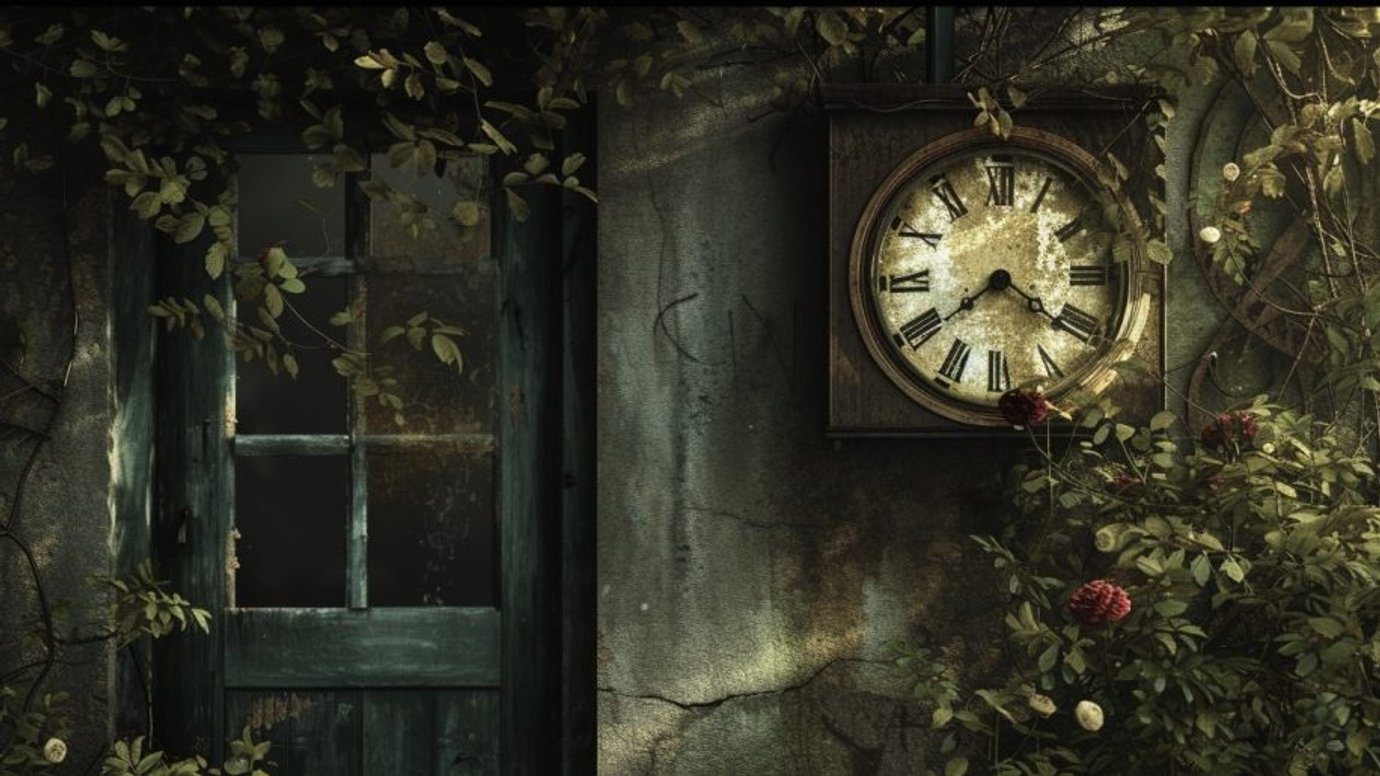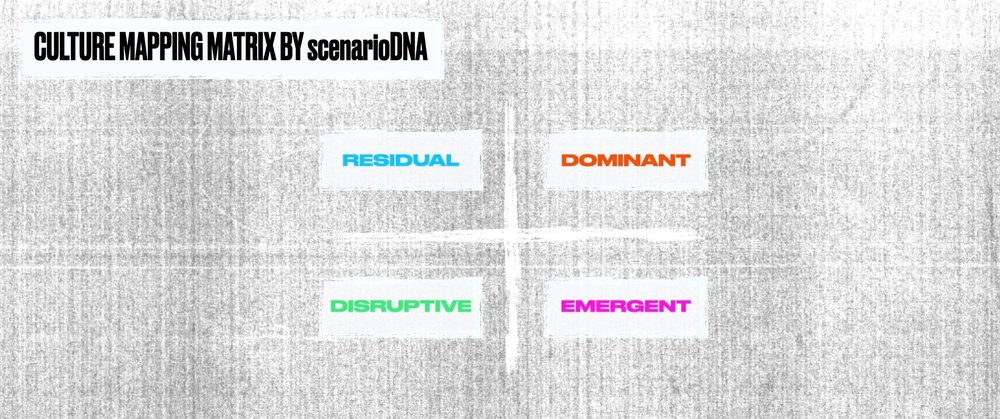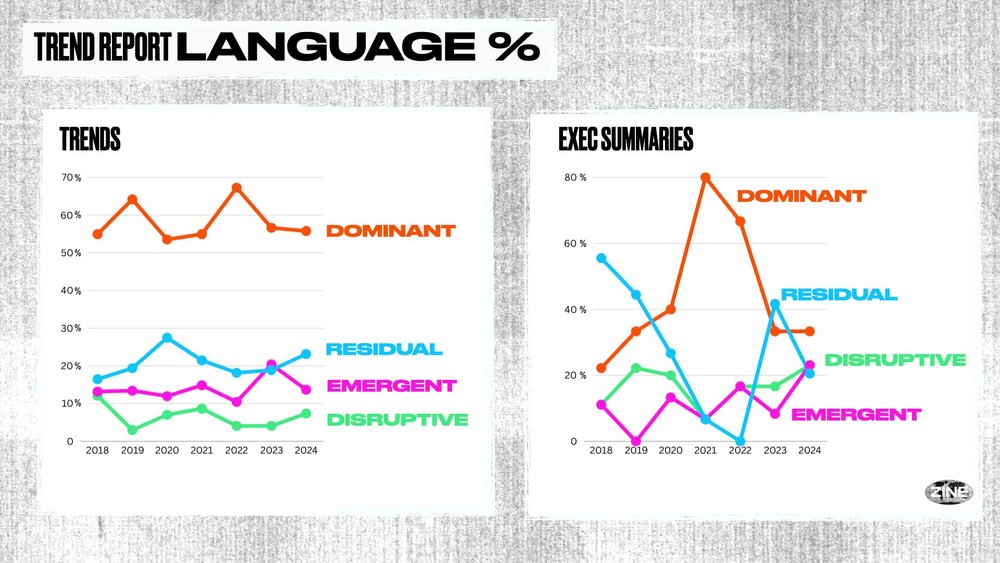‘2018 trend reports read eerily similar to the forecasts for 2024’ /
Foresight strategist and author Matt Klein has published his annual meta analysis of the year’s major trend reports, and he's starting to get déjà vu. Do we have the wrong idea about how long it takes for a trend to establish itself? Or is culture stagnating?
Matt Klein
/
Each year, I distil the major trend reports into an meta-analysis, which answers the question: ‘What are the most-mentioned trends across 70+ global cultural forecasts?’
I’ve done this every year since 2018. No ChatGPT. Just three months and some coffee.
Stalling to complete the now-published 2024 meta-analysis (which you can read here), I decided to go back in time and flip through some old 2018 reports. Unfortunately, there wasn’t much time traveling. Those reports, now published over half a decade ago, read eerily similar to what’s being forecasted for 2024.
To test my perceptions, I partnered with scenarioDNA, a cultural research and advisory firm, To find out whether the trends and the language used to describe them were actually changing.
We inputted seven years of trend report executive summaries and their reported trends into scenarioDNA’s patented Culture Mapping tool — a semiotic and linguistic system to quantify and map phrases into one of four language quadrants:

1. Residual (ubiquitous, but fading)
2. Dominant (accepted, now expanding)
3. Emergent (rising experimentation)
4. Disruptive (agitating expected norms)
After analysing thousands of pages of text, we learned that every year since 2018, the overwhelming majority of trend reports’ language fell into either the Dominant or Residual quadrants. Only a few individual reports found their way into Emergent or Disruptive quadrants.

What’s happening? /
01. On one hand, maybe this isn’t a knock against trend regurgitation, but a mark against our own patience. Trends aren’t meant to have a 365-day shelf life. It takes time for change to gestate. Also, the topics forecasted in 2018 (eg, new family structures, fondness for the physical, and mainstreaming psychedelics) are still budding, and therefore still legitimate to report on. Expecting new movements and norms to track at the same pace as our memes and headlines is unrealistic.
02. On the other hand, maybe culture really is stuck. Our media and creative industries, mirrors of culture at large, are experiencing a stasis. Researchers are dubbing this phenomenon Stuck Culture, The Age of Average, and Cultural Flattening. Franchises hog the box office while nostalgia is our only shared feeling left. The homogeneity is suffocating. Artists and creators, meant to inspire, find themselves captured by algorithms, metrics and financial incentives. Our new obsession, AI, isn’t intelligent as much as it is incredible at guessing what should come next based upon the past. It’s a tool to usher in our future, yet built upon the average. How symbolic.
Regardless of these hypotheses, we’re still left with bad news: the foremost experts in cultural analysis are reporting concepts and phrases that are statistically commonplace.
Even if we are unfairly impatient, organisations which are proclaiming to be able to identify and analyse change are, semantically, just discussing the past.
The edges are the sharpest, and the fringes are the future.
We’ve lost sight of what it means to be brave.
It feels like our facilities for riskiness and imagination have atrophied.
The pandemic was an opportunity to re-think the future and innovate. Instead, we grasped harder onto the familiar.
In an attempt to recalibrate, I drafted five strategies to ignite some audacity. How may we overcome this plague of timidness at the risk of an eternal present?
01. Consider the limitations of market research.
Data can only take you so far. Over-intellectualisation is a curse. Instead: Make culture by partnering with and augmenting existing communities’ efforts. Foresight as Activism. The market research market cap exceeded +$81B last year and is rapidly still growing. Confidence via analysis is justified, but there’s the risk of over-analysis paralysis. Stop relying upon the old for answers to the new. We can post-rationalise many more good ideas than we can pre-rationalise. By considering yourself as an observer of culture, you neglect your responsibility as a critical contributor. Accept that you too are a part of the system. Get off the sidelines.
02. Value the process.
Feeding trend reports into a GPT as if it’s a crystal ball is virtuous. But don’t expect it to yield anything more valuable than a curious human capable of sensemaking. Can ≠ Should. AI augmentation is a future requirement, but remain mindful of what’s outsourced. Going forward, we need more demanding journeys than we do mindless shortcuts. Shortcuts rarely yield fun, stories or lessons. If it's easy, it likely isn’t worthwhile.
03. Get over being wrong.
Over a decade of digital footprints hang over us as if we can’t change. Remember: We can. Trend reports play it safe pumping existing hype with business on the line. But foresight isn’t about prediction, and it’s more than preparation. It’s choice. Instead of predicting and being wrong, more valuable: imagine what you want to see. You can’t be wrong in that. After all, a good futurist provokes and admits that they don’t have the answer. Manifest. Possibility > Probability.
04. Be willing to have your most fundamental beliefs challenged.
Better, be eager and question them yourself. For YouTuber Ordinary Things, “The real danger of modern times isn’t that we’ll fail to tell the fake world from the real one, but it’s that we’ll know the world is fake and choose to live in that one anyway because it’s comfortable.” How ironic. We finally have access to all the information in the world, yet so many today choose to avoid hard truths, contradictions and disagreements. Only two out of 50 trend reports acknowledge their previous work. We have to reflect if we’re to grow.
05. Get weird.
At a moment of algorithmic-recommendations, bumper sticker takes, and AI re-generated averages, the atypical sets us free. AI is often programmed to play a normie. Its hallucinations are the feature, not the bug. Soon, proof of humanity will be a zag. Zagging breaks us out of the recursion loop of reporting on what’s already trending, comments about comments, franchises about franchises, and AI speaking to AI. We’ve begun to deprive ourselves of the novel, idiosyncratic and interesting. Zag. Please.
All these things are hard. /
But if we’re to see change in our trend reports, culture at large, and most importantly, our own lives, doing the hard thing has never been more necessary.
Want more of the same? /
We don’t just write about best-in-class campaigns, interviews and trends. Our Members also receive access to briefings, online training, webinars, live events and much more.







